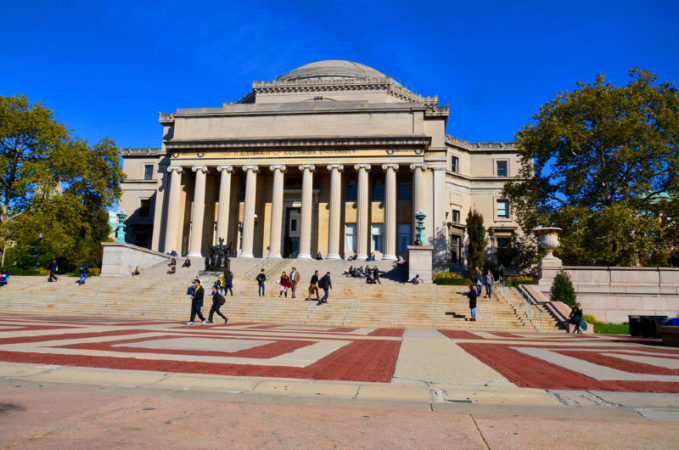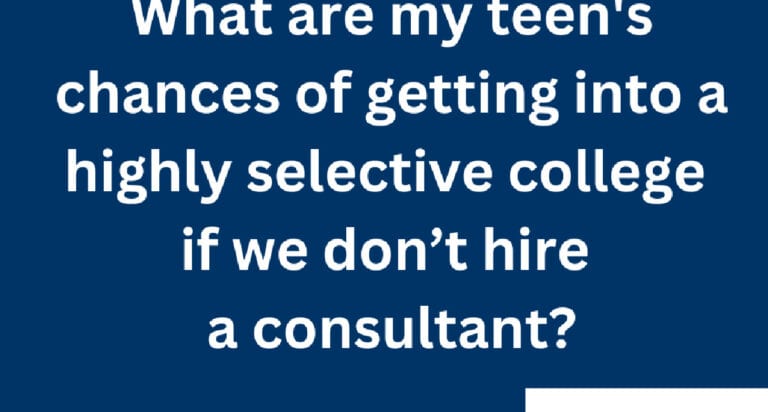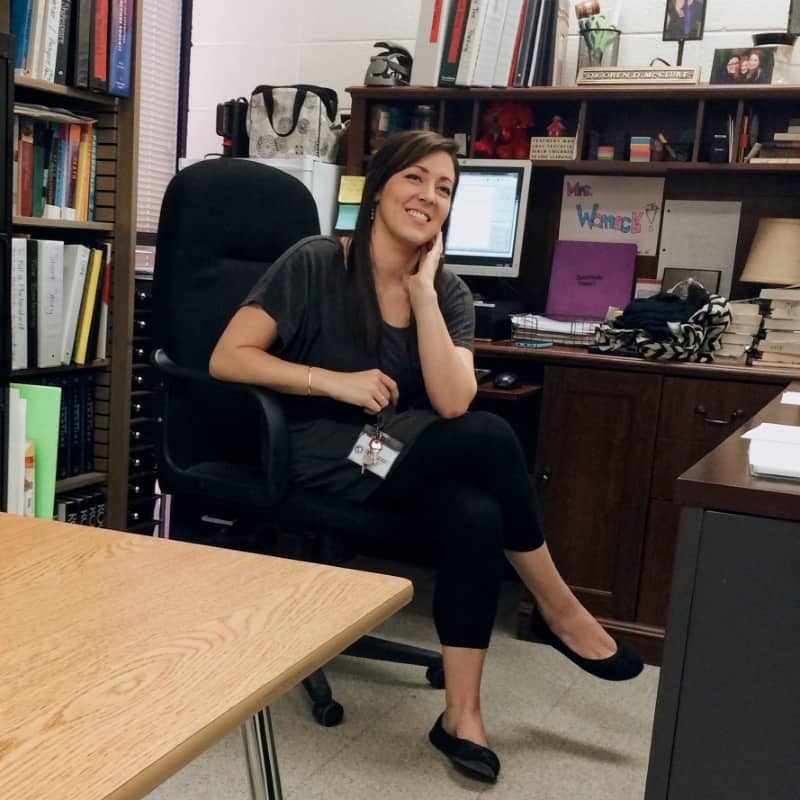Raise your hand if your school is among the 40% of high schools that uses the Naviance online platform to smooth the college application process and to help you figure out where your child can get admitted to college. And am I the only one who has spent hours scratching my head attempting to decipher those infamous Naviance scattergrams?

Naviance and College Admissions
But, can Naviance itself effect where kids apply to college? And if so, how does Naviance influence kids’ choices?
An interesting new study by Christine Mulhern at Harvard University analyzes the popular platform and tries to answer that question.
The study’s overall takeaway is that,
a technology (Naviance) which provides low-cost personalized college admissions information to…high schoolers significantly alters college choices. Students shift applications and attendance to colleges for which they can observe information on schoolmates’ admissions experiences. Responses are largest when such information suggests a high admissions probability. Disadvantaged students respond the most, and information on in-state colleges increases their four-year college attendance. Data features and framing, however, deter students from selective colleges.
What is Naviance?
Naviance is a software program whose intended purpose is to help high schoolers through the college application process. Its infamous scattergrams depict the number of students from a given high school who were either admitted, denied or deferred from the college in question. On the graph each student is shown as a data point at the cross-section of their GPA and standardized test score, allowing other students to see the fate of previous applicants with similar qualifications.
If there is not enough data (in some cases you need at least 5 students who applied in previous years) for a given high school, there will be no scattergram generated.
Results of Study
Ms. Mulhern’s study found that the use of Naviance, “perpetuates the choices of older classmates,” and thus can change where students apply to and ultimately attend college. That result seems easy enough to understand; a student using Naviance as a tool, is probably more likely to know about a school if many of their high school peers (albeit older peers) have applied there.
In fact, high school students were 20% more likely to apply to schools whose admissions results were portrayed in scattergrams that appear on their school’s Naviance. And this creates a problem for students who attend “disadvantaged” school because those students see about half as many relevant scattergrams as their peers in “advantaged” schools, because fewer students from their schools apply to college in general and thus fewer college scattergrams are generated.
The study also found that,
Students prefer to apply to colleges where they are most similar to previous admits. Students with scores below the average admit are more likely to apply to a college the higher their perceived probability of admission, but students above the average admit are less likely to apply the further they are above the admissions criteria, probably because the signals indicate they can be accepted at a more selective college.
In other words, students, after studying a scattergram of a given college, may avoid applying to a school, for fear of not getting in. In fact, students who were just below the median GPA of a college were 15% less likely to apply to that college even though the slight difference in GPA may not have had any real effect on their admissibility. Clearly, being below the mean GPA is a negative signal to a student.
The issue is that GPA and standardized tests are not always dispositive. There are many other criteria that will make a student attractive to a school (e.g. extracurriculars, essay, recommendations) and if a student decides not to apply, based solely on Naviance, they may be “throwing away their shot.”
So once students had access to the scattergrams, fewer applied to reach colleges and more attended safety schools—schools where they were likely to be admitted but also where their achievements exceeded the majority of other students who were accepted there.
In summation,
The set of colleges to which students are being nudged depends on which colleges were popular among previous cohorts and how accurately the previous admits’ scores reflect colleges’ true admissions criteria. This approach improves the quality of where some students attend, but deters others from attending highly selective or match colleges.
Now that we know some of the unintended consequences of using Naviance, how do we change the paradigm?
You may also enjoy:
New Study on College Rankings: It’s Not Where You Go To School It’s What You Do When You Get There









